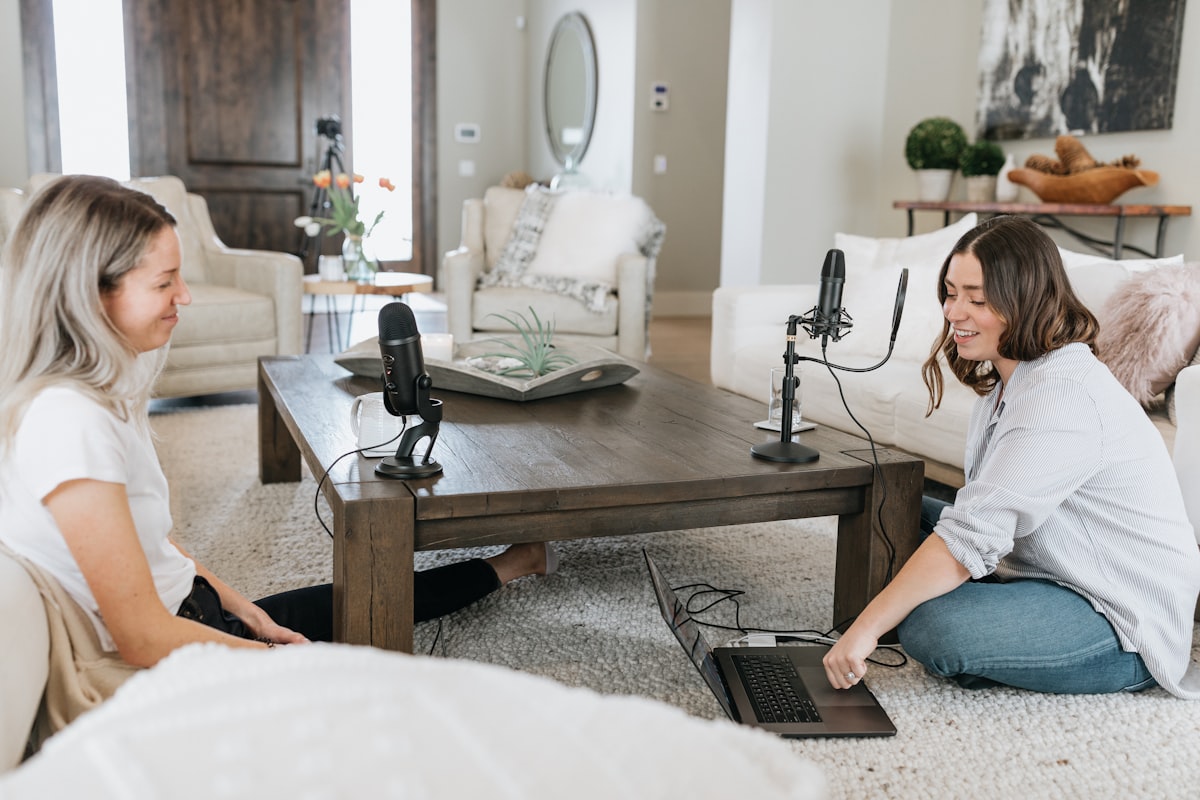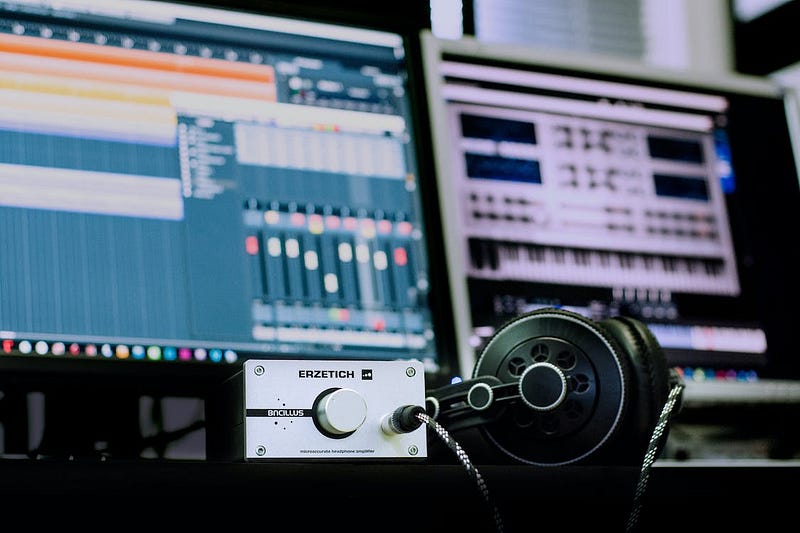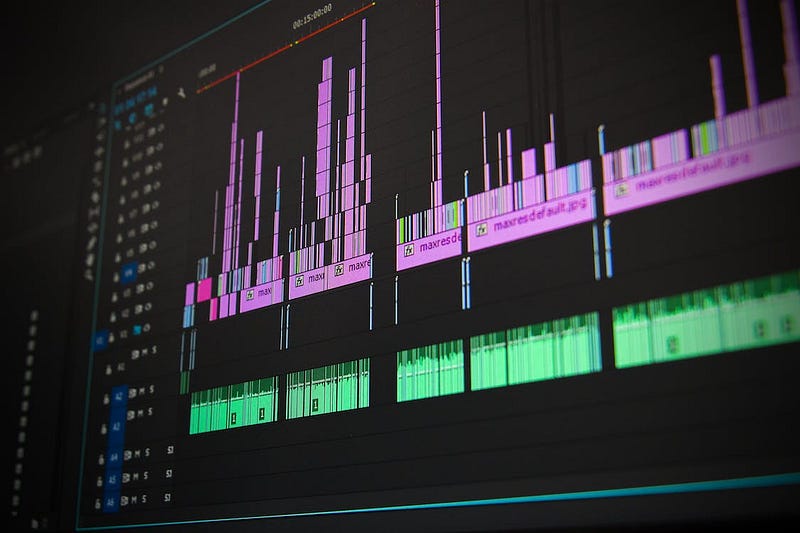Step-by-Step Guide for Starting a Podcast

Unleash Your Creativity with These Easy Steps to Start Your Own Podcast
Podcasting has become one of the most popular trends in recent years. Many people use this platform to tell their own stories, share knowledge and experiences, or talk about any topic that may interest others.
However, to start a podcast, you need to follow certain steps.
Here is a step-by-step guide for those who want to start podcasting.
We will cover each step in detail and provide tips and suggestions to help you in the podcast creation process.
1. Determine Your Topic

Before starting a podcast, it is important to focus on a specific topic. The podcast topic can be focused on a specific niche marketing area, or it can be a wider area such as hobbies, pop culture, or personal development.
When determining the topic, you should consider your interests, experiences, and expertise. Also, focusing on a specific topic will help you determine the target audience for your podcast.
2. Define Your Target Audience

Defining your podcast’s target audience is an important step that will help you in the content creation process. When defining your target audience, you should consider factors such as age, gender, interests, occupation, and demographic characteristics.
Understanding your target audience will allow you to determine what topics to focus on and what type of guests to interview in your content creation process. Additionally, by understanding your target audience’s interests, you can create appropriate marketing strategies for them.
3. Determine Your Format

Podcasts can consist of one or more speakers and can focus on a single topic or cover a series of topics. In addition, podcasts can be presented in various formats, such as a chat show, interview series, or storytelling.
Determining your format will help you plan your podcast episodes. Also, by working on a specific format, you can ensure that each of your episodes is consistently presented, meeting your listeners’ expectations.
4. Prepare Your Equipment

Some basic equipment is required to start podcasting. These may include microphones, headphones, a recording device or computer program, audio editing software, and a podcast host. The quality of this equipment can directly affect the quality of your podcast.
A microphone can significantly improve sound quality. A professional microphone provides clear and high-quality sound recording. Headphones can help you control sound quality and identify unwanted background noise.
A recording device or software helps you record and edit your episodes. Audio editing software can help you edit recorded sound, remove background noise, and sharpen it.
Preparing your equipment properly will help you make a high-quality podcast.
5. Record Your Episodes

To record your episodes, you can use a recording device or software. It is important to use the correct sound level during the recording of your episodes. Also, it is important to provide a suitable recording environment to avoid background noise.
While recording your episodes, you can prepare the speech text you will use in your episode. This text can help you follow the flow of your speech and inform your listeners better.
6. Edit Your Episodes

Editing your episodes is an important step in improving the quality of your podcast. Using audio editing software, you can cut and trim your episodes, cut unnecessary conversations, reduce background noise, and correct other errors.
While editing your episodes, you can add an intro and outro. An intro introduces your podcast, while an outro ends your episode and allows you to say goodbye to your followers.
7. Publish Your Episodes

You can upload your episodes to platforms such as anchor, spreaker, podbean to publish them.
Podcast platforms allow you to publish your episodes on many different platforms and allow your followers to access them easily. Therefore, it is important to choose the right podcast platform to reach a wide audience quickly and without interruption.
Before publishing your podcast, it is important to do a quality check by listening to your episode. Make the necessary edits to correct any errors in your episode and then publish it.
8. Promote Your Podcast

Promoting your podcast helps your followers discover you and increases the popularity of your podcast. You can promote your podcast on social media, websites, blogs, forums, and other platforms.
Social media is a great tool to promote your podcast. You can share your podcast on Twitter, Facebook, Instagram, and other social media platforms. Also, by linking to your podcast homepage and many different websites, you can introduce your podcast to a wider audience.
Creating an email list allows you to communicate directly with your followers. Email newsletters are a great way to inform your followers about new episodes and interact with your target audience.
9. Engage with Your Listeners

Engaging with your listeners is an important factor for the success of your podcast. Asking for feedback from your listeners, encouraging comments, and answering questions will help you improve your podcast even more.
Social media platforms are a great tool to interact with your listeners. You can interact with your listeners on platforms such as Instagram, Twitter, and Facebook to get their opinions and suggestions. Additionally, by enabling comments on your podcast homepage (if you share it on a website), you can directly communicate with your listeners. You can also ask your listeners to reach you through the social media platforms where you are most active. Of course asking them to email you is also an option.
10. Maintain Consistency

Maintaining consistency in your podcast is important to create a successful and popular podcast. By creating a regular publishing schedule, you can keep your followers up to date with new developments and updates. Additionally, to maintain the quality of each of your episodes, you should pay attention to your preparation and editing process.
In conclusion, podcasting can be both enjoyable and satisfying. By following these 10 steps, you can create your own podcast, increase your listeners, and make your podcast even more popular.
See you in the next blog post.
Stay tuned to Podcast.
Sercan





Yorumlar ()